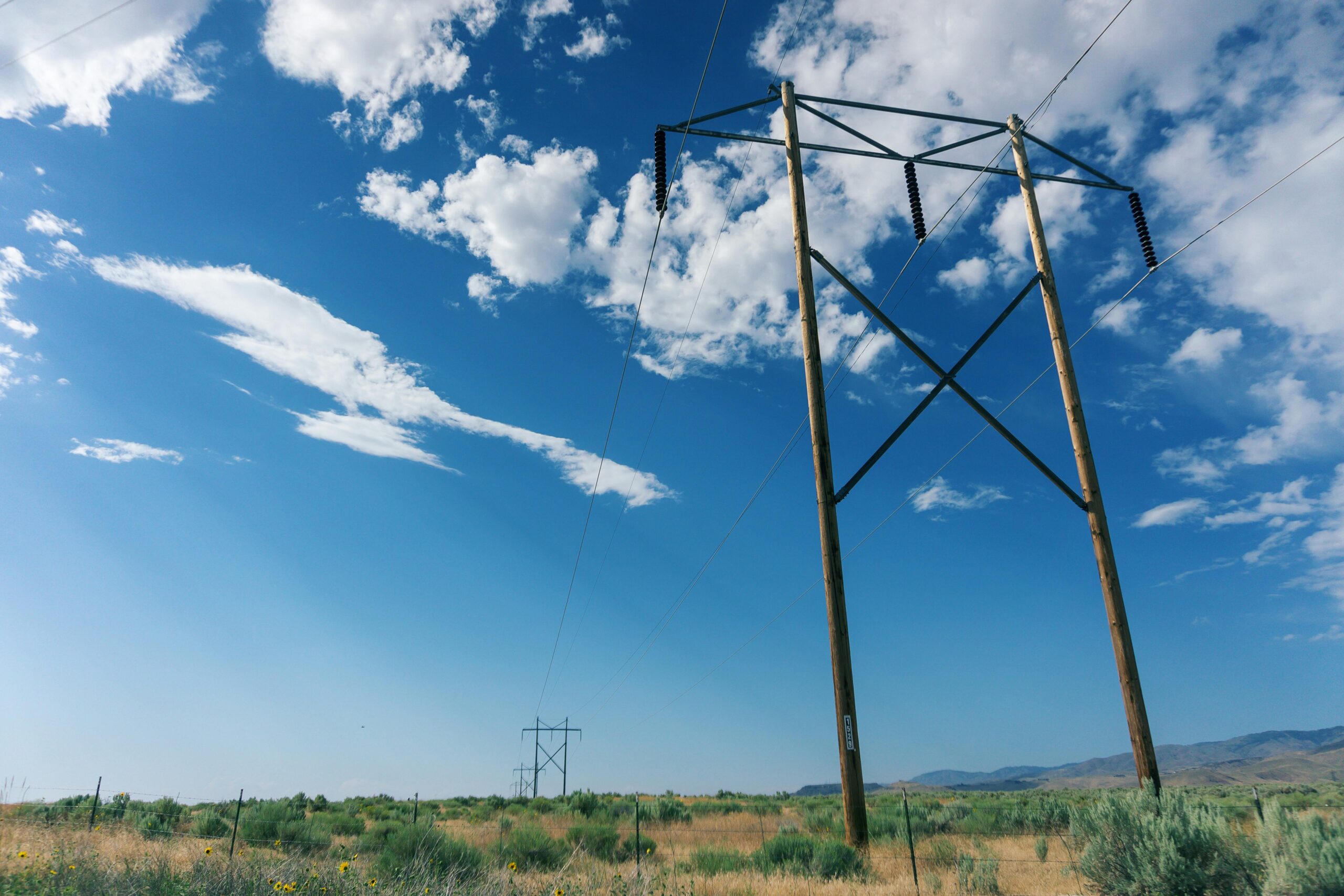
HAZOP vs LOPA: A Comparison
Understanding two common methods for risk assessment in process industries
We often hear the terms HAZOP and LOPA used together or interchangeable. However, they are two separate tasks or mechanisms of action.
What is HAZOP?
- HAZOP stands for Hazard and Operability Study.
- It is a systematic and structured technique for identifying and evaluating potential hazards and deviations from the design intent of a process or system.
- It involves a multidisciplinary team of experts who apply guide words to each element of the process or system to generate possible scenarios that could lead to undesirable consequences.
- The team then assesses the likelihood and severity of each scenario and recommends appropriate actions to prevent, mitigate, or control the hazards.
- HAZOP is typically conducted during the design or modification stages of a project, but it can also be applied to existing operations or decommissioning activities.
What is LOPA?
- LOPA stands for Layer of Protection Analysis.
- It is a semi-quantitative method for estimating the risk of a scenario and evaluating the adequacy of existing or proposed safeguards.
- It involves identifying the initiating event, the consequence, and the independent protection layers (IPLs) that prevent or reduce the occurrence or impact of the scenario.
- It then calculates the frequency of the scenario and compares it with the acceptable risk criteria or tolerable frequency.
- LOPA is usually performed after a qualitative risk assessment (such as HAZOP) to provide more detailed and rigorous analysis for high-risk scenarios.
How are HAZOP and LOPA Different?
- HAZOP is a qualitative technique that generates a comprehensive list of potential hazards and deviations, while LOPA is a semi-quantitative technique that focuses on specific high-risk scenarios and their safeguards.
- HAZOP is a creative and brainstorming process that requires a high level of expertise and experience, while LOPA is a logical and numerical process that requires a high level of data and information.
- HAZOP is a flexible and adaptable technique that can be applied to any process or system, while LOPA is a standardized and structured technique that follows specific rules and guidelines.
- HAZOP is a time-consuming and resource-intensive technique that requires a large and diverse team, while LOPA is a relatively quick and simple technique that requires a smaller and focused team.
- HAZOP is a proactive and preventive technique that aims to eliminate or reduce hazards and deviations, while LOPA is a reactive and corrective technique that aims to verify or improve safeguards and risk levels.
Conclusion
We at Rev1 Energy can facilitate and provide personnel to participate in HAZOPS and LOPA’s.
We have the experience, expertise, and resources to help you achieve your goals.

Lets get started
Discover how our commissioning software can transform your project management. Contact us today for a personalized consultation and demo!



